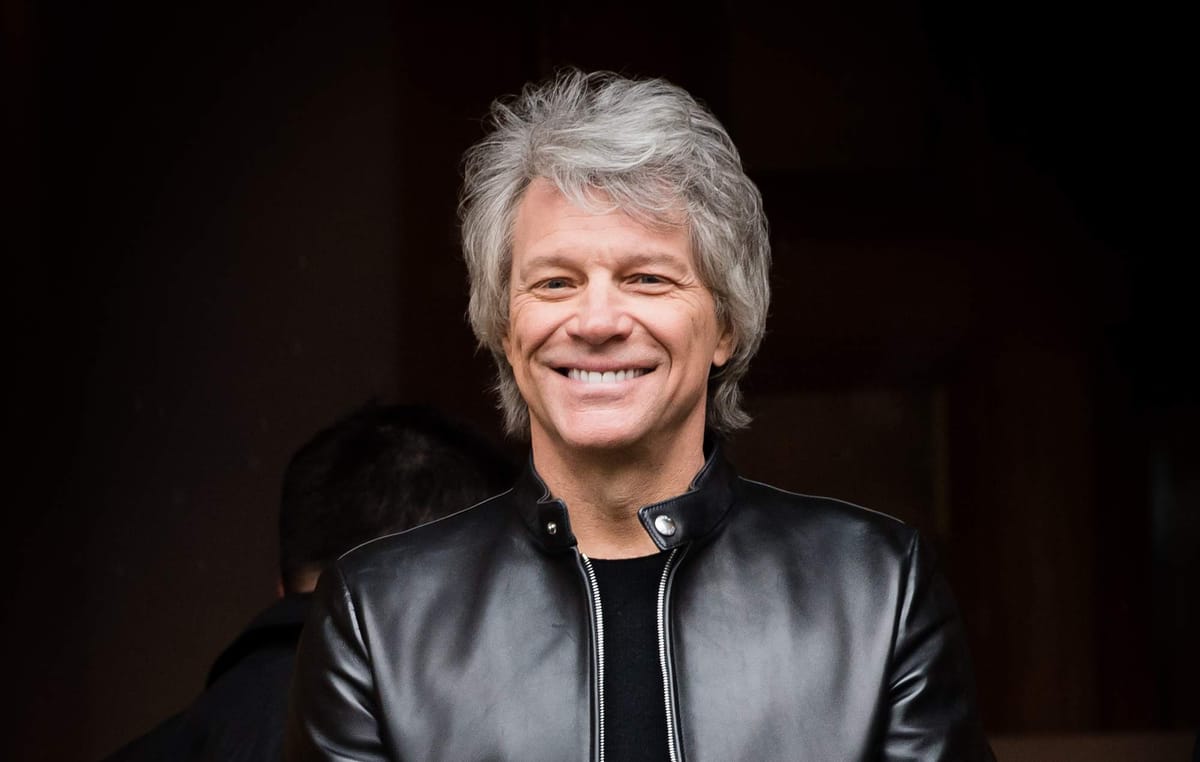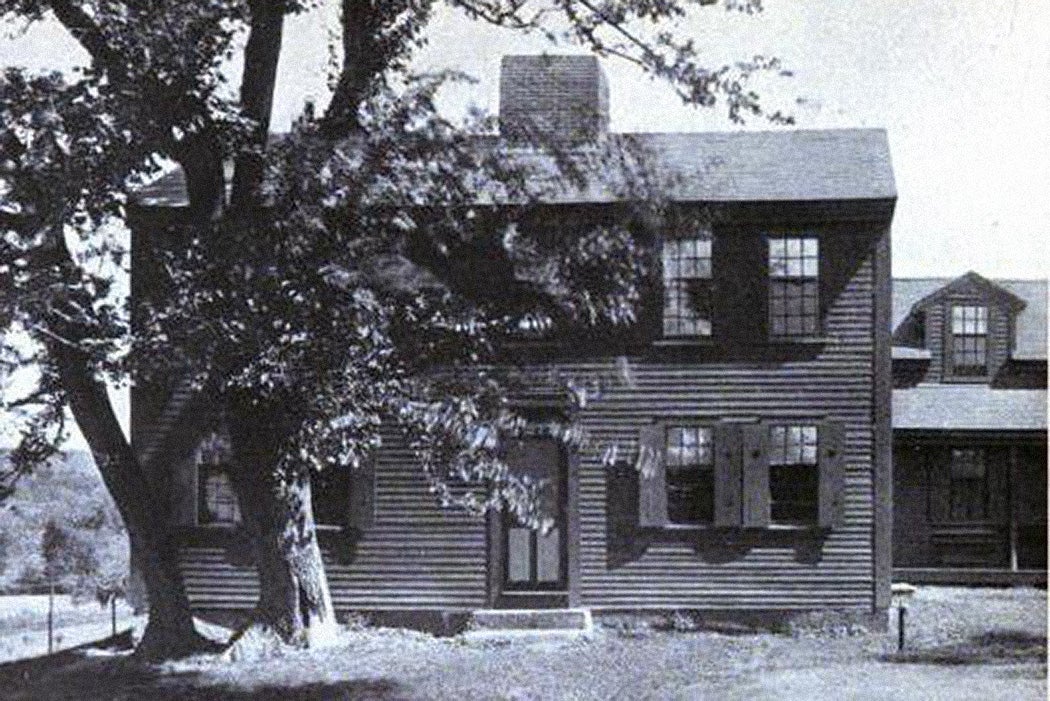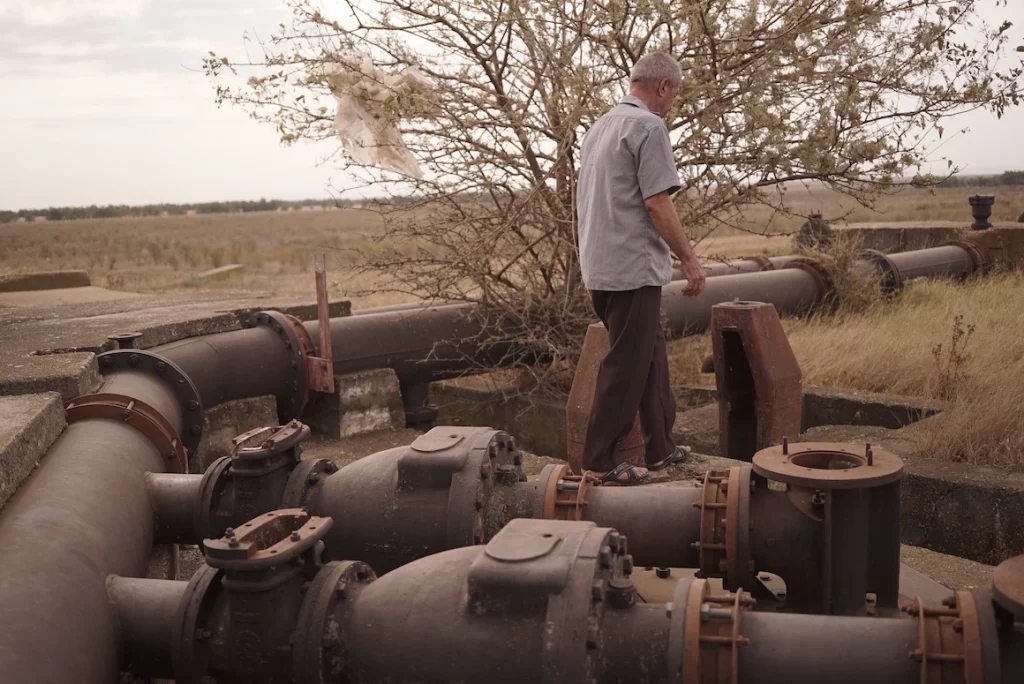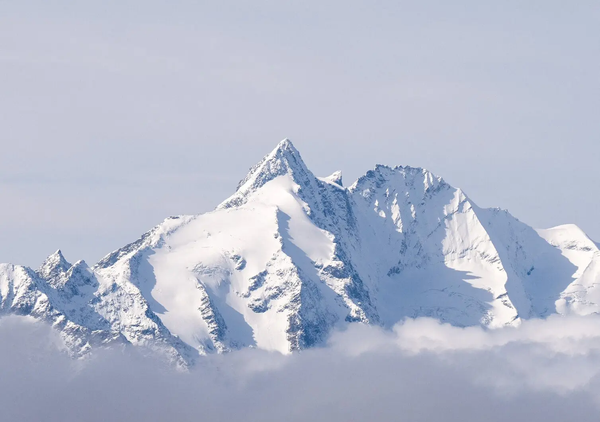How Jon Bon Jovi wound up on a Star Wars Christmas album

From TheForce.net: "Here's how that came about: My co-producer was Tony Bongiovi. Jon Bon Jovi was his little cousin and by little I mean we were all in our 30s and early 40s but Jon at that time was 17 years old. And we were in the studio called Power Station, which is the studio that Star Wars built by the way. So, here you have his little cousin who was on salary sweeping the floors. And I was stuck on this one song. I had three different people come in to sing it and I didn't like the way any of them sounded. Tony says to me, "Why don't you try little Jon?" And after just the first few notes out of his mouth I said, "Yes! This is him. This is the one! This is the one who should sing it!"
The Alcott anarchist experiment in Massachusetts and why it failed

From Katrina Gulliver at JSTOR Daily: "From communes to cult compounds and new religions, different groups have tried to create alternative models of society. Bronson and Abigail Alcott (parents of Louisa May Alcott), for example, established such a community, called Fruitlands, in Massachusetts in the 1840s. Together with Bronson’s friend Charles Lane and their families, the Alcotts attempted to live out a vision of agrarian self-sufficiency. The Fruitlands experiment was also an example of both anarchism and veganism. But like many intellectuals who have attempted such self-sufficiency, the Fruitlanders had failed to anticipate the amount of labor involved in agricultural work."
He has a famous set of Richard Avedon prints, but he can't sell them

From Richard Woodward for the NYT: "Hanging in the foyer of Ruedi and Ann Hofmann’s art-filled home in Newburgh is a large black-and-white photograph by Richard Avedon. As master printer on Avedon’s last major project, “In the American West,” Mr. Hofmann was responsible for bringing out the myriad gray shades and material details in the landmark 1985 exhibition. Mr. Hofmann has 126 prints from “In the American West,” and they are pristine, having been stored in archival boxes for decades. The prints were Mr. Hofmann’s reward for his labor, he said, explaining that he struck a deal with Avedon in the fall of 1984. But there is a snag. None of Mr. Hofmann’s prints from the series is signed."
Editor's note: If you like this newsletter, I'd be honoured if you would help me by contributing whatever you can via my Patreon. Thanks!
The connection between Western architecture and the Book of Ezekiel

From Karl Kinsella for Aeon: "Towards the middle of the 12th century, a Scottish theologian named Richard moved across the Channel to Paris and to the Abbey of Saint Victor. Here, he penned a commentary on the Book of Ezekiel, filled with more than a dozen plans and elevations that systematically represent the buildings the prophet describes. He is the first person to use the term ‘plan’ with reference to a drawing that would be recognised as a plan today. He was the first person we know of to represent a building more than once, offering a three-dimensional view of the structure; and the first to provide a clear sectional elevation, where part of the building is sliced through to give a view of the interior."
Cryptographers finally crack the code behind a note hidden in a Victorian dress

From the University of Manitoba: "Archeological curator Sara Rivers Cofield was out antiquing with her mom. Sara is an avid collector of Victorian-era clothing and she had admired a bronze-coloured dress a couple times but the $100 price tag was a bit too steep for her. But on this day her mom convinced her to buy the silk bustle dress and this is where our adventure really takes off. When Sara got the dress home she found a hidden pocket, and in it were two pieces of paper with a series of sentences made up of random words. She posted the papers on her blog and for the next 9 years those two pieces of paper became one of the world’s toughest codes to crack, along with the Zodiac Killer cipher."
How the bread basket of Romania turned into a desert

From Eurozine: "From the 1970s until 2000, the Sadova-Corabia irrigation system watered over 70,000 hectares of land in Romania’s Dolj and Olt counties. A set of pipelines that brought water from the Danube, the system turned the area from a sandy region predominantly used for vineyards into a fruit and vegetable paradise. Little by little, however, the system was abandoned; now only segments of it are working. Agriculture in the area has changed, as has the environment. Today the Sadova-Corabia region is known not just as the homeland of Romania’s famous Dăbuleni watermelons, but also as the ‘Romanian Sahara’. Together with the south of Moldavia, Dobrogea and the Danubian Plain, it is one of the regions in Romania most affected by desertification."
How to say "I'm happy" in different languages
Idioms about being happy:
— Adam Sharp (@AdamCSharp) December 18, 2023
7. I’m on cloud nine (English)
6. I’m on my seven farms (Portuguese)
5. I’m on the pig’s back (Irish)
4. I feel poodle-well (German)
3. I’m in butter (Estonian)
2. I have a face full of spring air (Mandarin)
1. I have a wedding party up my butt (Farsi)
Acknowledgements: I find a lot of these links myself, through RSS feeds etc. But I also get some from other newsletters that I rely on as "serendipty engines," such as Clive Thompson's Linkfest, Maria Popova's website The Marginalian, The Morning News from Rosecrans Baldwin and Andrew Womack, Why Is This Interesting from Noah Brier and Colin Nagy, Dan Lewis's Now I Know, Robert Cottrell and Caroline Crampton's The Browser, Sheehan Quirke AKA The Cultural Tutor, the Smithsonian magazine, and JSTOR Daily. If you come across something you think should be included here, feel free to email me.



